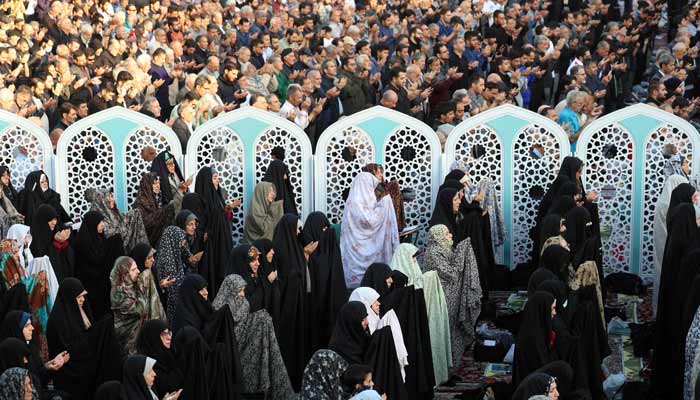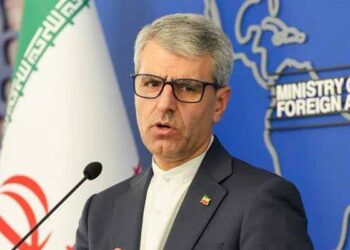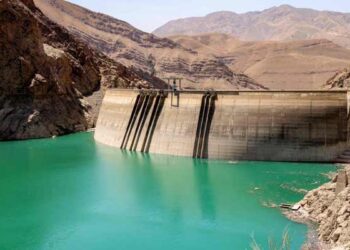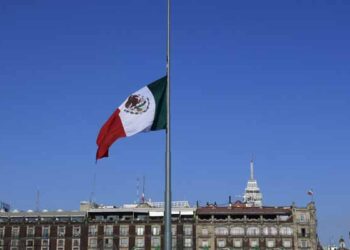Select Language:
On Friday, hundreds gathered at a mosque in northern Tehran to pray for rain amid one of Iran’s worst droughts in decades. According to local officials, this year’s rainfall in the capital has been the lowest in a century, with half of Iran’s provinces experiencing months without any measurable precipitation. In response to water shortages, the government has implemented periodic water cuts to Tehran’s 10 million residents to curb usage.
At the Imamzadeh Saleh mosque, men and women united in a special prayer, pleading with God for rain. Tehran, situated on the southern slopes of the Alborz mountains, typically benefits from hot, dry summers that are alleviated by autumn rains and winter snow. However, the mountain peaks remain unusually dry, still lacking the snow cover normally seen at this time of year.
The city’s water consumption surpasses three million cubic meters daily, as reported by local media. Last week, President Masoud Pezeshkian warned that without sufficient rainfall before winter, evacuations might become necessary, though he offered no specific plans. The government clarified that Pezeshkian’s comments were intended as a warning of the severity of the situation rather than a policy announcement.
Of the five major dams supplying the city’s drinking water, one is completely empty, and another holds less than 8% of its capacity. Conditions elsewhere in the country are similarly dire; local media have reported that Iran’s total precipitation this year has only reached 152 millimeters, reflecting a 40% decrease compared to the 57-year average.






